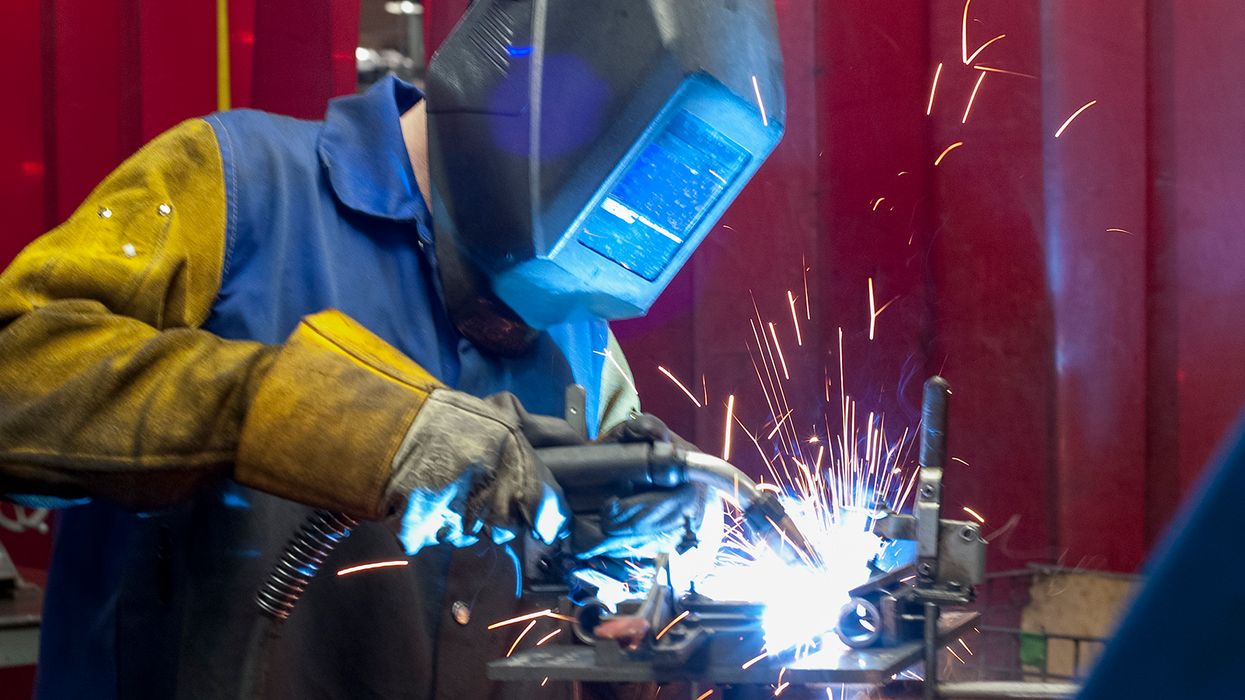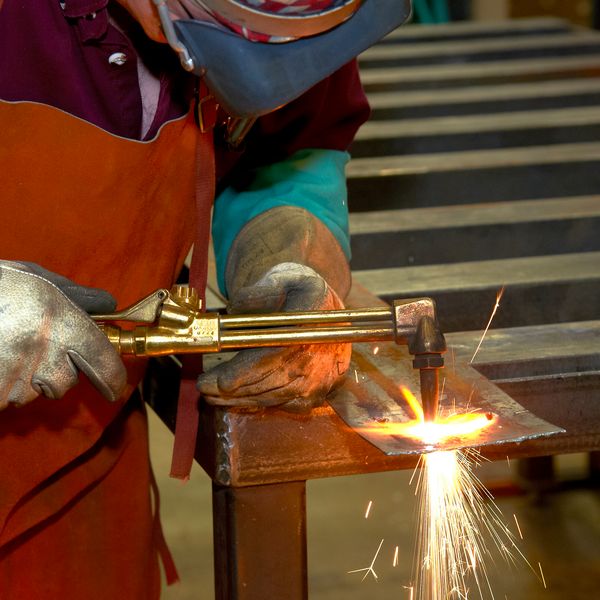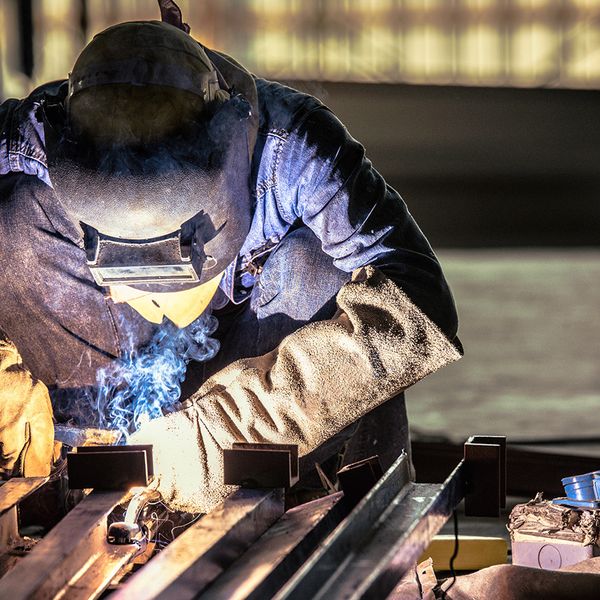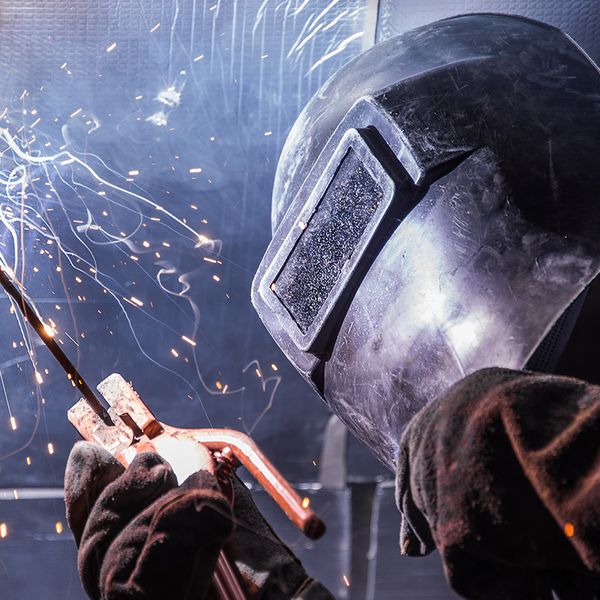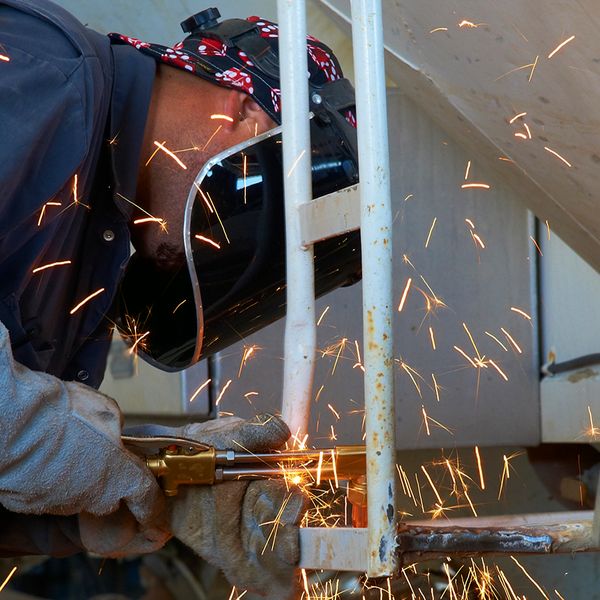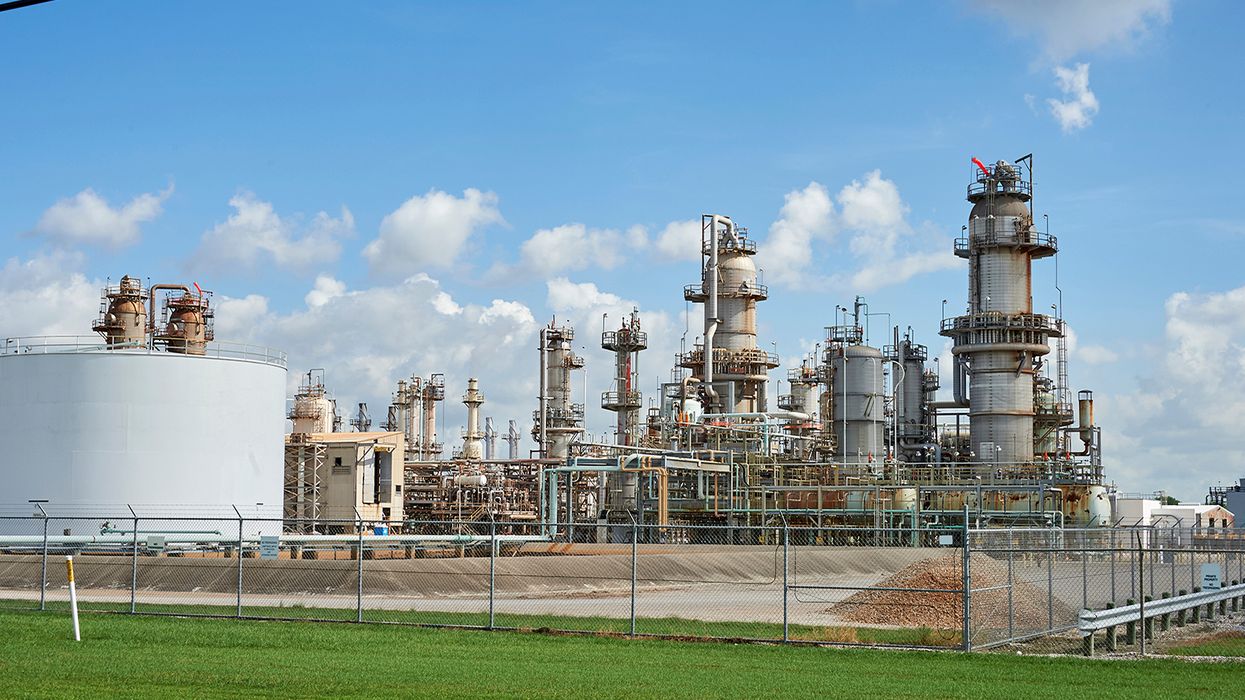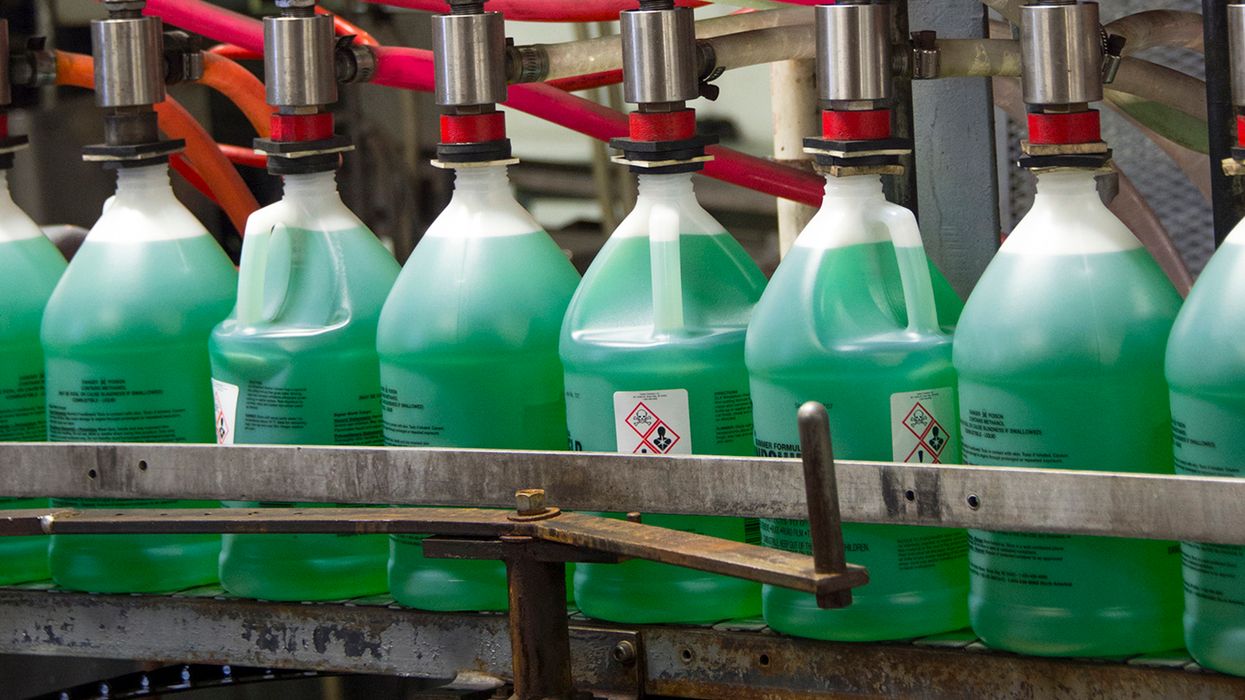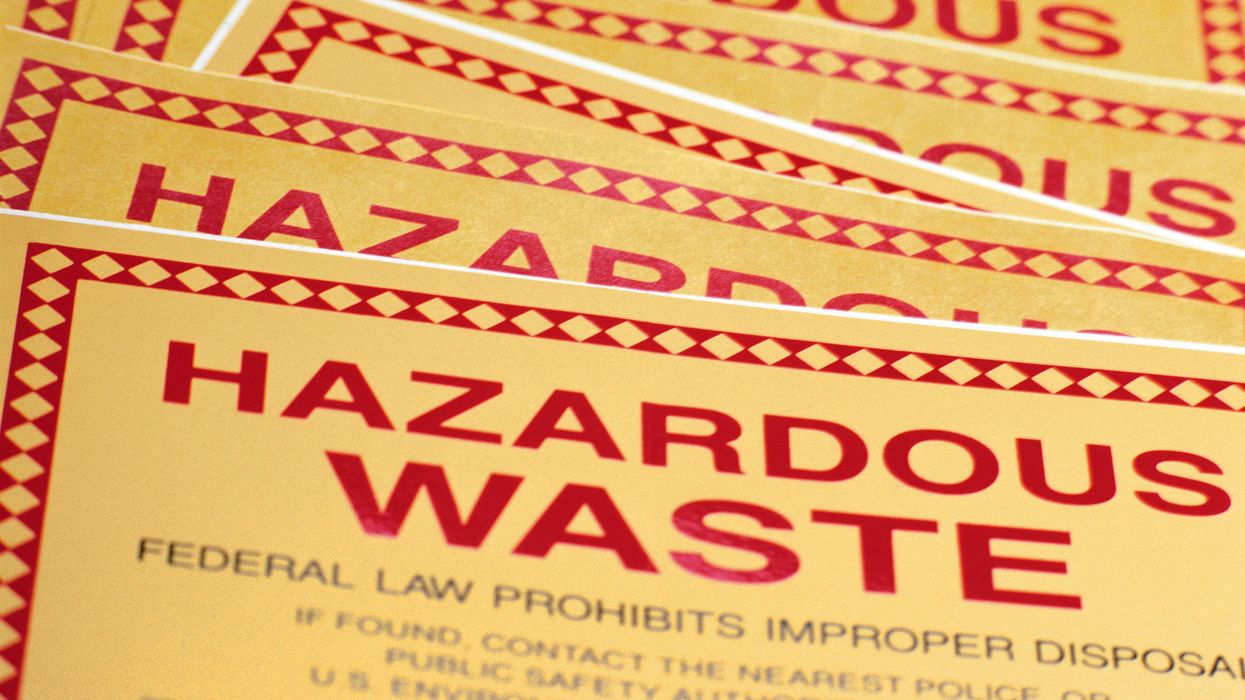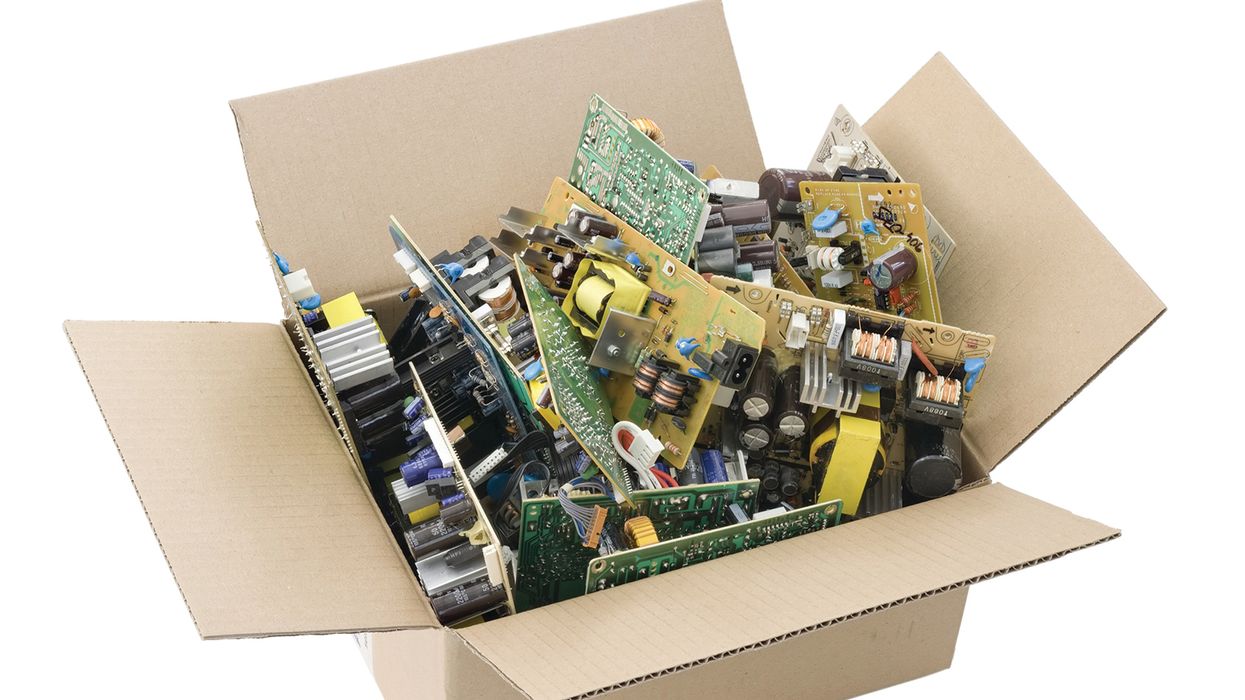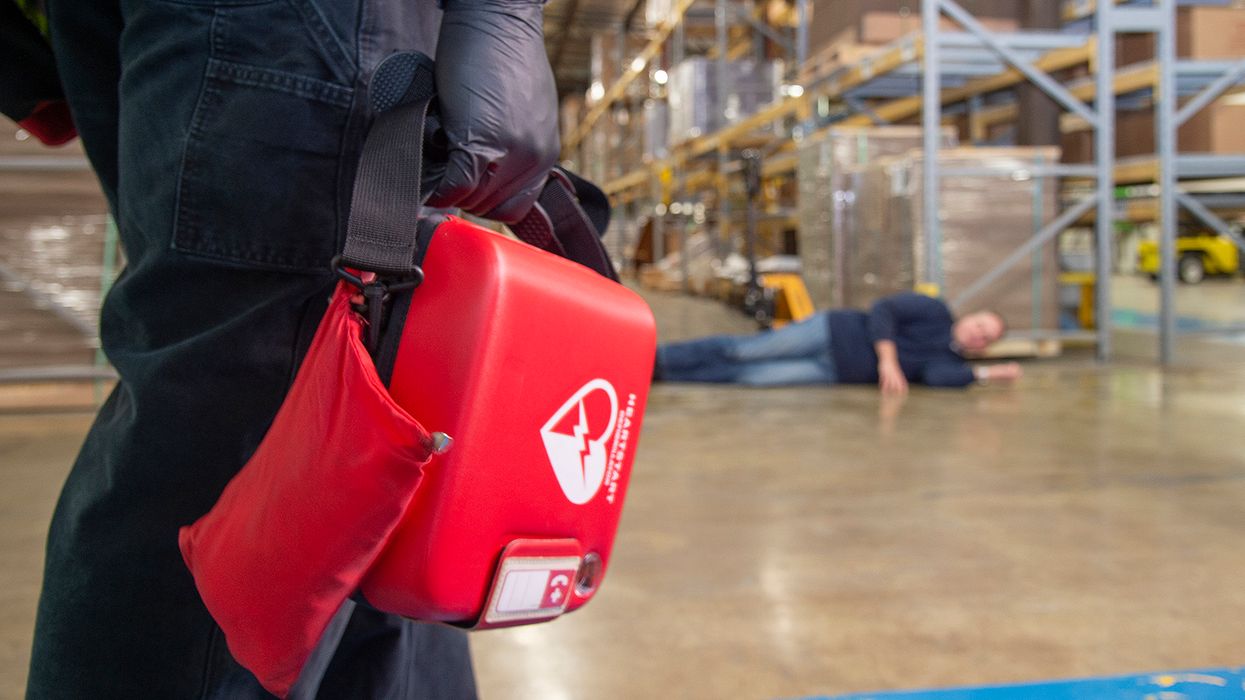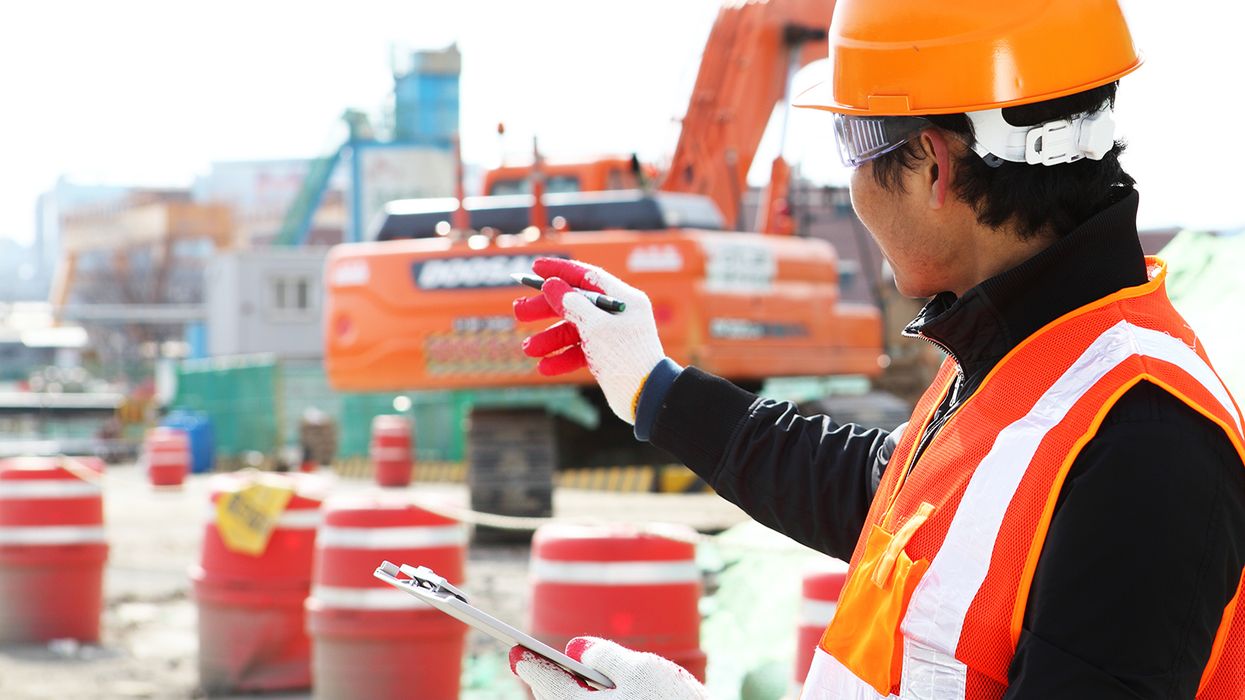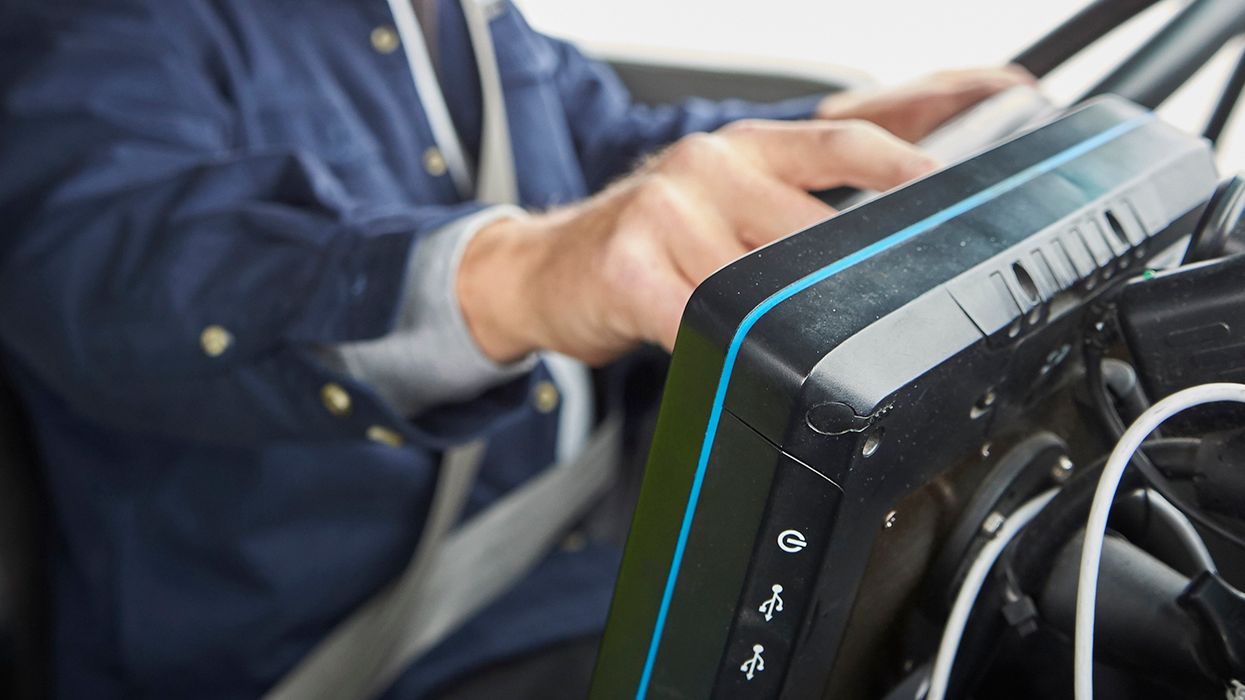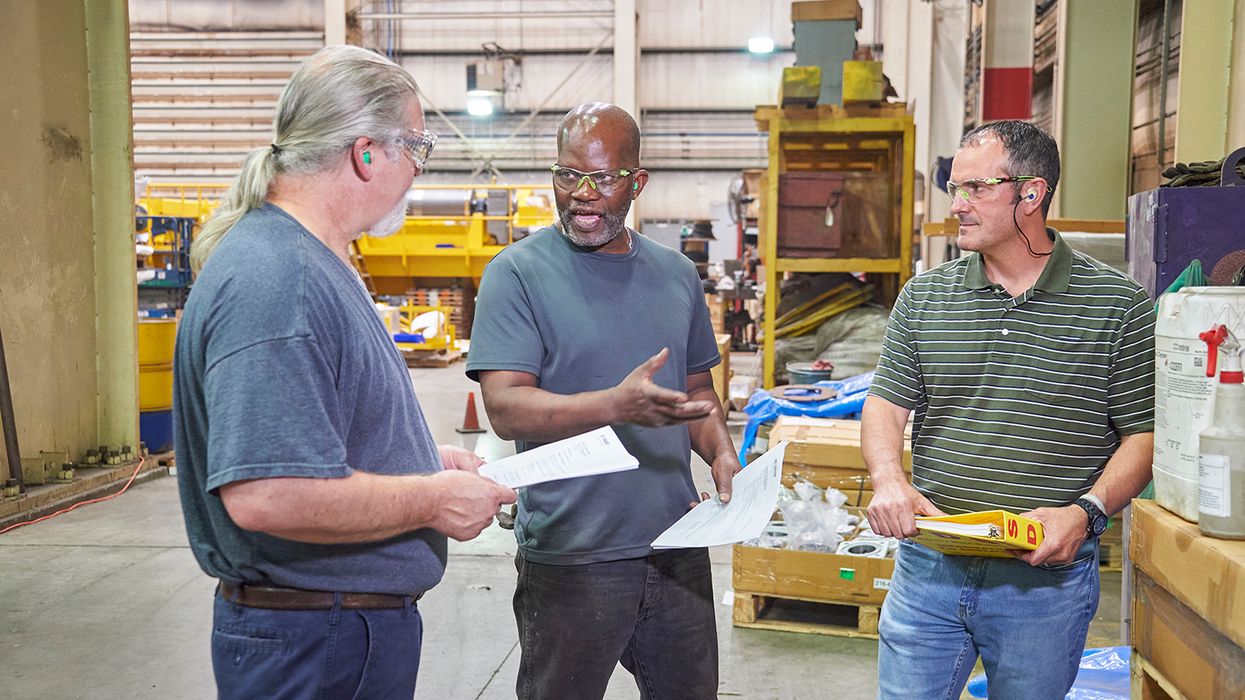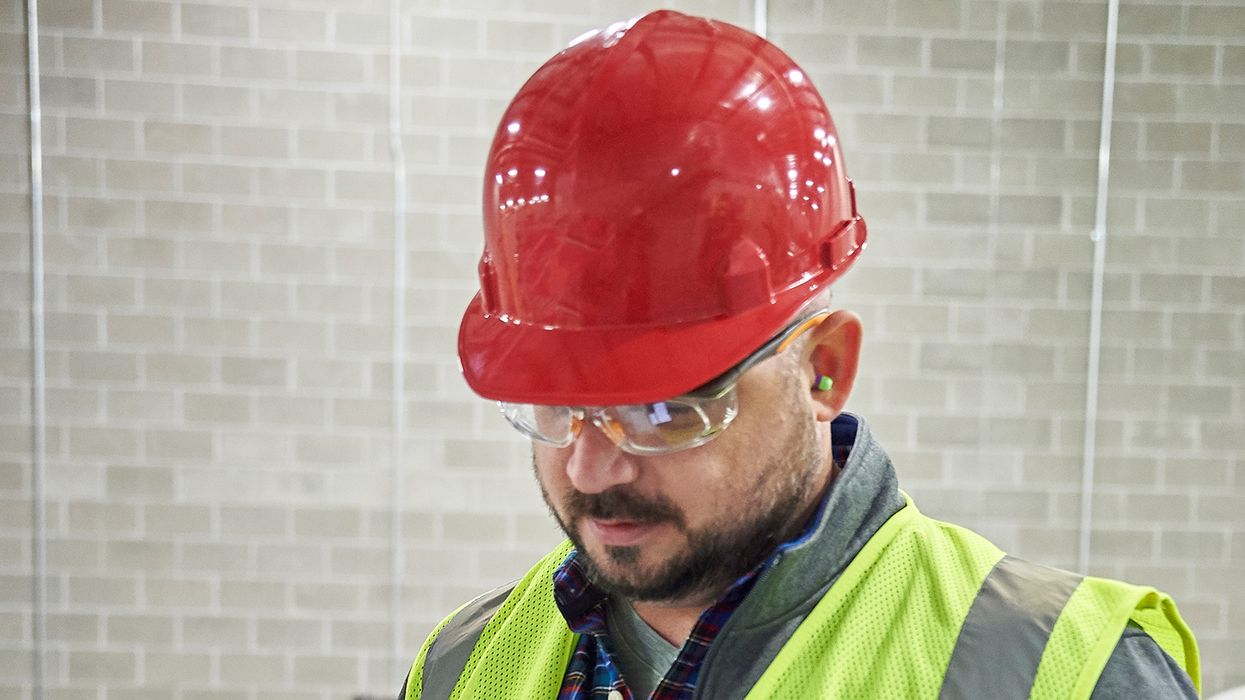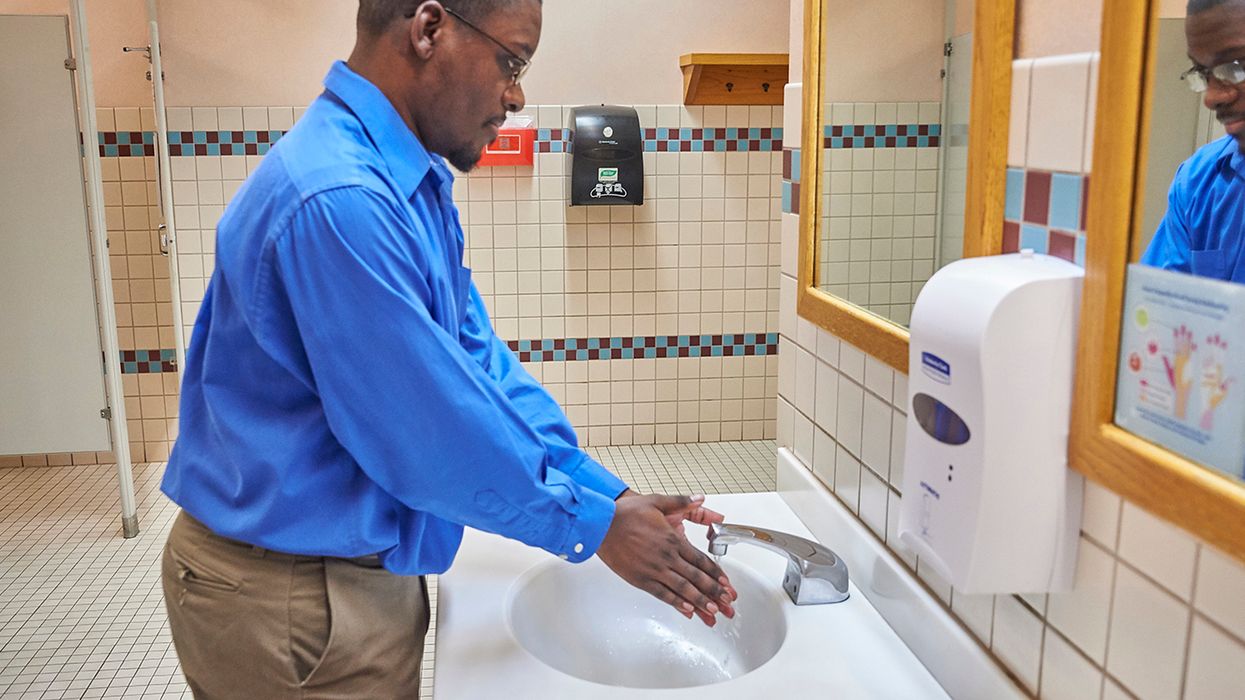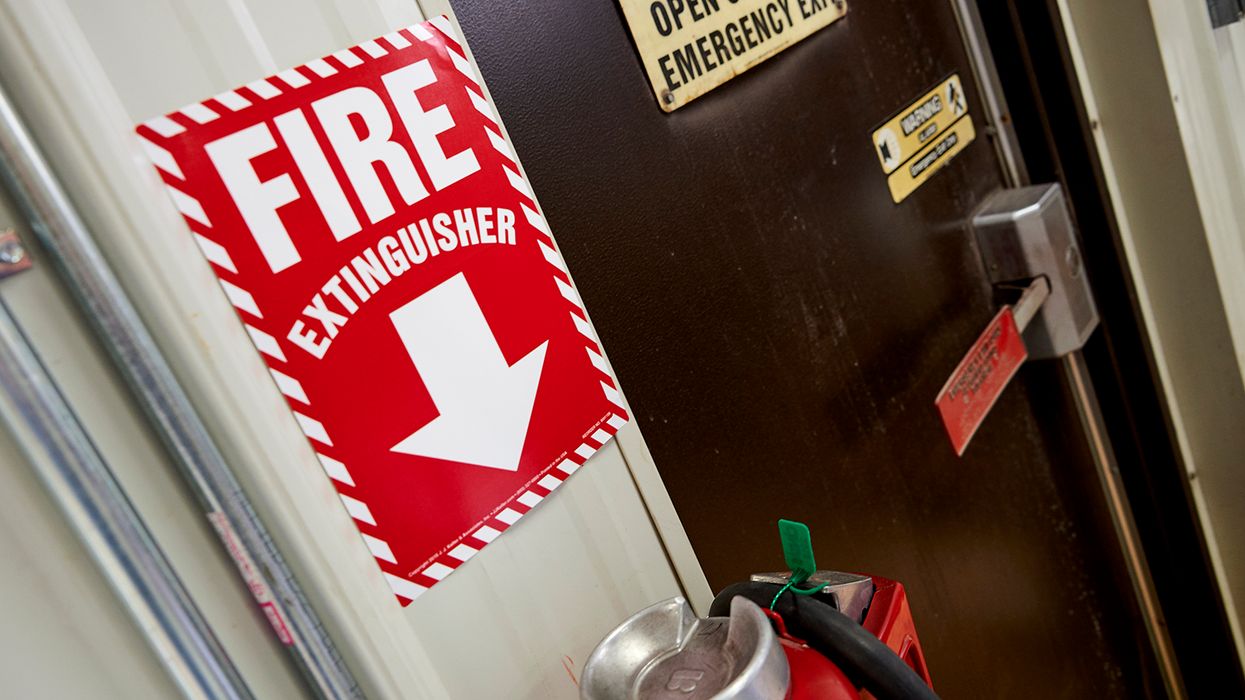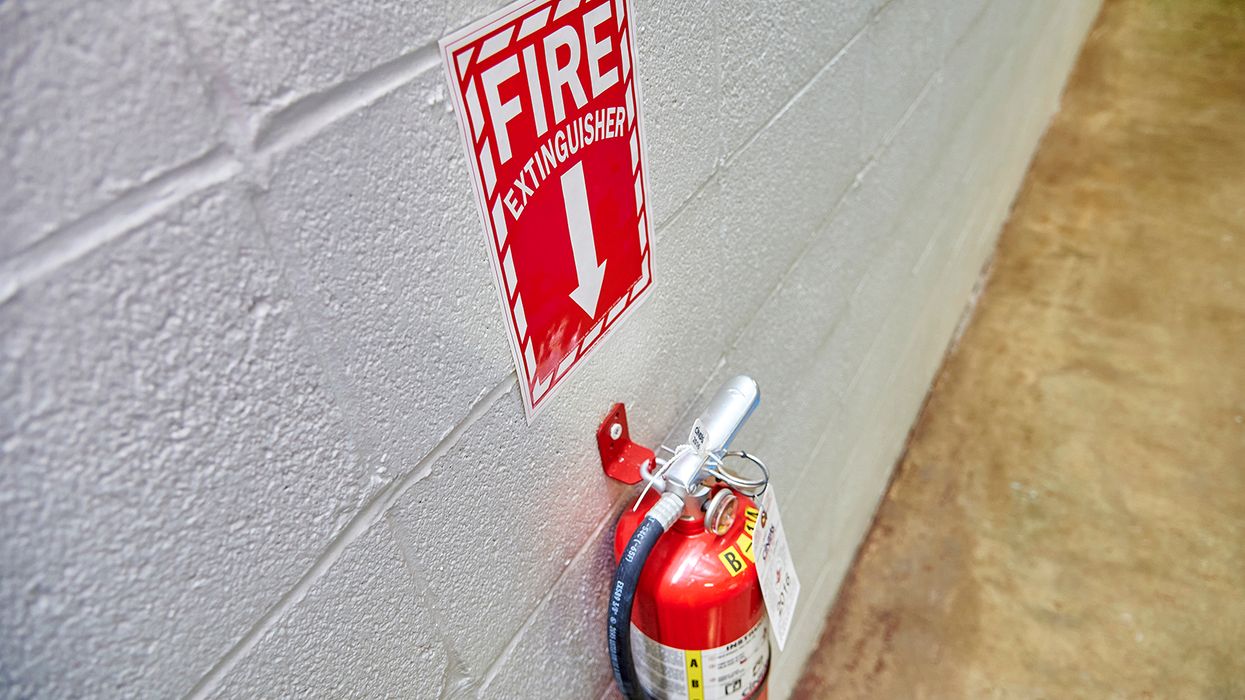7 tips to avoid hot work and reduce your risk of fires
Fires and explosions kill over 100 workers and injure more than 5,000 others every year, according to the Bureau of Labor Statistics.
Construction sites, in particular, are inherently prone to fire risk, especially due to the volume of hot work and welding that takes place. However, hot work often takes place in general industries as well, and all worksites can face fire risks.
With pre-job planning and prevention through design, you may be able to eliminate fire hazards or substitute your current methods for safer work practices.
Here are seven hot work alternatives for you to consider that may help you reduce your risk of fires.
1. Use new steel blades instead of chop saws and fiber blades
Chop saws with fiber blades generate significant heat, friction, and sparks, which can easily ignite combustible materials nearby. New steel blades are designed to cut through metal more efficiently while producing fewer sparks and reducing the overall fire risk.
2. Use sawzall blades instead of metal grinders
Metal grinders create high temperatures and flying sparks that can quickly lead to fires, especially in areas with flammable dust, liquids, or insulation. Reciprocating saw blades, or sawzall blades, offer a controlled cutting method that significantly minimizes heat and spark production. By reducing the likelihood of airborne embers, reciprocating saw blades can help reduce your risk of fire.
3. Use electric shears to cut metal decking instead of circular saws
Circular saws generate intense friction and can produce hot metal shavings that scatter and land on combustible surfaces. Electric shears, on the other hand, cut metal decking cleanly without generating sparks or excessive heat, making them a safer option for fire prevention.
4. Use a band saw to cut pipe to eliminate sparks
Using a band saw instead of traditional cutting tools like torches or abrasive wheels eliminates the risk of hot metal fragments flying into surrounding materials. Band saws produce a smooth, controlled cut with minimal heat buildup, significantly reducing the risk of fire. This method can be used on pipe, rebar, or all thread and is especially beneficial in enclosed spaces where ventilation is limited and fire risks are higher.
5. Use pro-press fittings instead of solder pipe
Soldering pipes requires an open flame or high heat, creating a major fire hazard, especially in tight spaces with combustible materials. Pro-press fittings offer a flameless solution by using a mechanical press to create a secure, leak-proof seal without the need for heat. This method not only improves fire safety but also speeds up installation time and reduces the need for fire watches.
6. Use pro-fit connections instead of brazing HVAC lines
Brazing HVAC lines involves heating metal joints with a torch, which can ignite nearby materials and require extensive fire safety precautions. Pro-fit connections provide a flame-free alternative that uses mechanical compression, reducing both fire hazards and the need for additional permits or fire watches.
7. Use shot fasteners instead of puddle-welding metal decking
Puddle welding generates extreme heat and molten metal, creating a significant fire risk, especially in areas with flammable debris or insulation. Shot fasteners provide a secure connection for metal decking without requiring welding, making them a safer and more efficient alternative.
Additional considerations
While these hot work alternatives may not be an option for all job sites, they are worth considering. These alternatives can be safer, more efficient, and in some cases, more cost effective. But in some situations, they could add more time to the job and could introduce risk if workers are not familiar with the tools. Training is critical for any new tool.
However, over time, these hot work alternatives could be the best option for reducing your risk of fires from hot work activities.
Key to remember: You can reduce your risk of fires by implementing hot work alternatives with pre-job planning and prevention through design.

